CEO Elon Musk says SpaceX has successfully expanded the envelope of orbital-class rocket recovery with its 50th booster landing, meaning that all Falcon boosters will have a better chance of safely returning to Earth from now on.
On March 6th, after a four-day delay, a flight-proven SpaceX Falcon 9 rocket, new second stage, and twice-flown Cargo Dragon spacecraft successfully lifted off on the company’s 20th NASA Commercial Resupply Services mission (CRS-20). Dragon capsule C112 and its expendable trunk section are heading up Earth’s orbital hill to rendezvous with the International Space Station (ISS) tomorrow morning, nominally delivering some two metric tons (~4500 lb) of cargo to the ISS and its crew of astronauts. Once the spacecraft returns to Earth, SpaceX’s Dragon 1 program will effectively be over, wrapping up almost a decade of launches with some 45 metric tons (100,000 lb) of cargo delivered to the ISS.
Back on the ground, SpaceX’s Falcon rocket family still has a long life ahead of it and is likely to support one or several hundred more launches between now and its retirement. Additionally, Elon Musk says that the specific Falcon 9 rocket that launched CRS-20 has now proven that SpaceX rocket boosters can successfully land back on Earth even when ground winds are exceptionally high, hopefully guaranteeing many more booster recoveries to come.
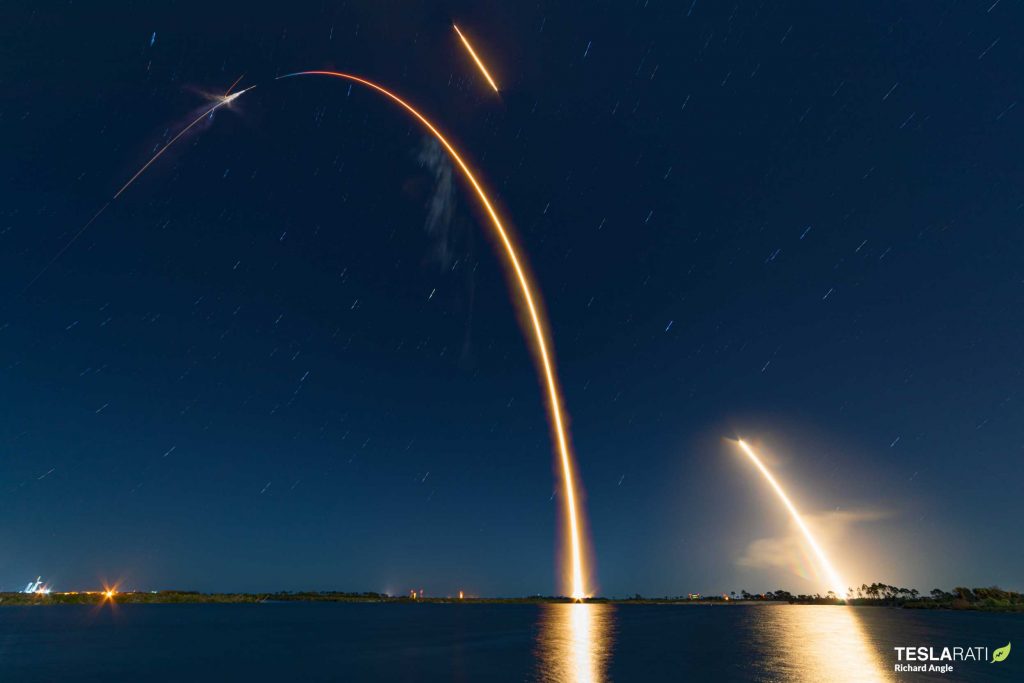
Teslarati photographer Richard Angle was on site to capture the spectacular launch and landing. The exceptionally detailed long-exposure image above includes the entirety of Falcon 9 B1059’s launch and landing, from main engine cut-off (MECO) and boostback burn to the booster’s reentry and landing burns.
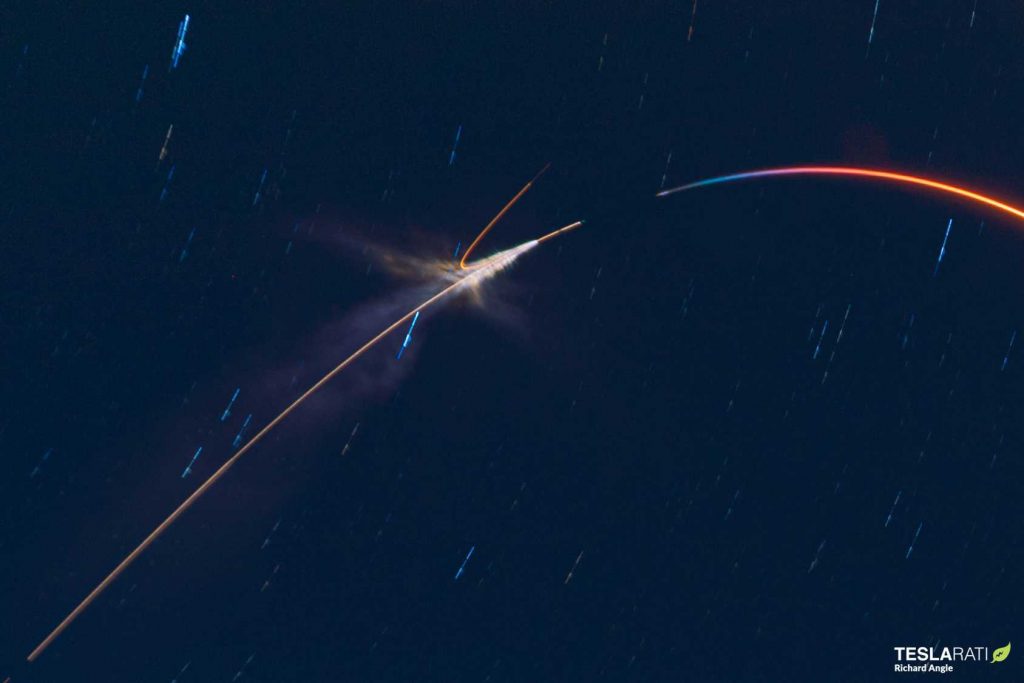
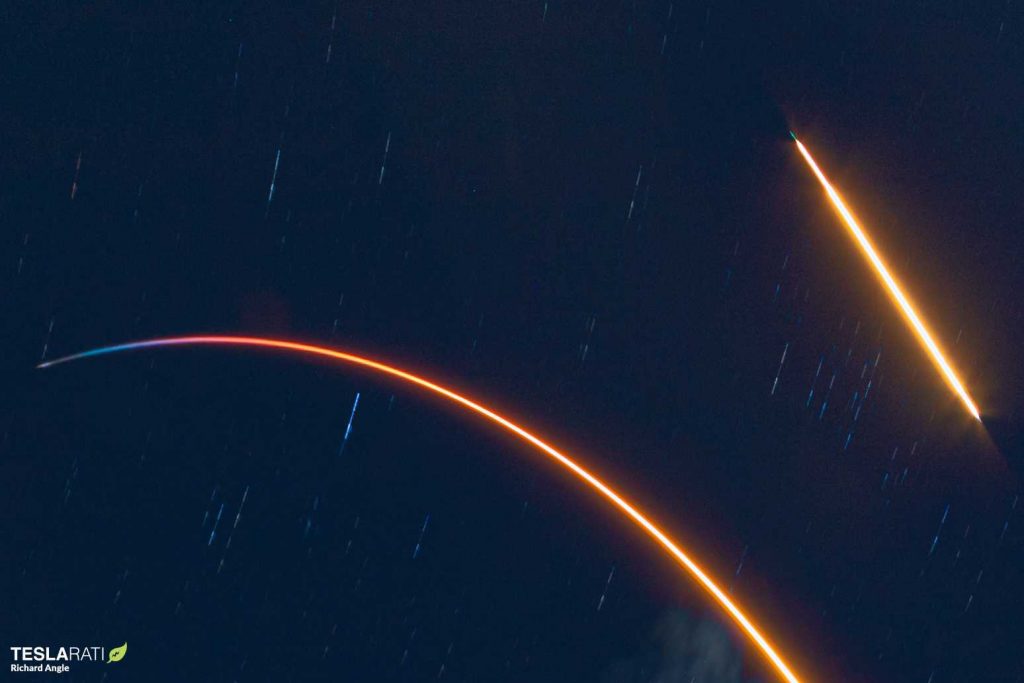
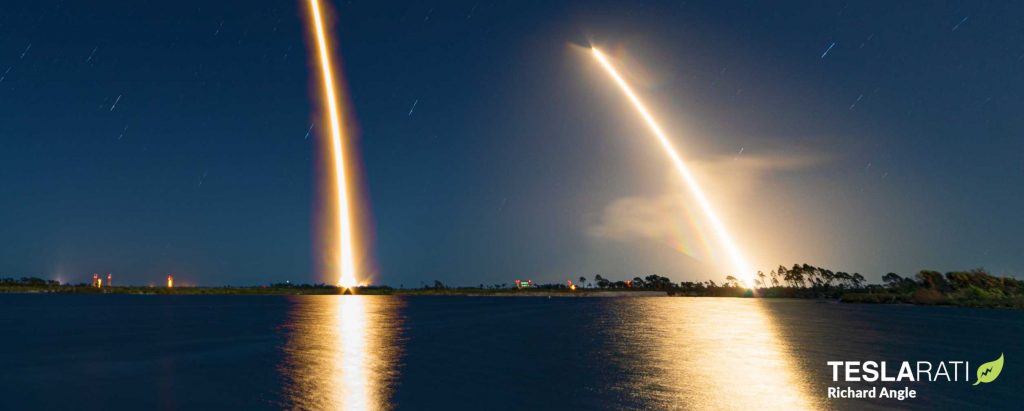
According to Musk, this particular landing was unique because it proved Falcon boosters can be successfully recovered – with a bulls-eye landing, no less – even when winds are high around the landing zone (or drone ship). SpaceX intentionally took this risk in part to expand Falcon 9’s safe envelope of operations, which now includes both winds during liftoffs and winds during landings.
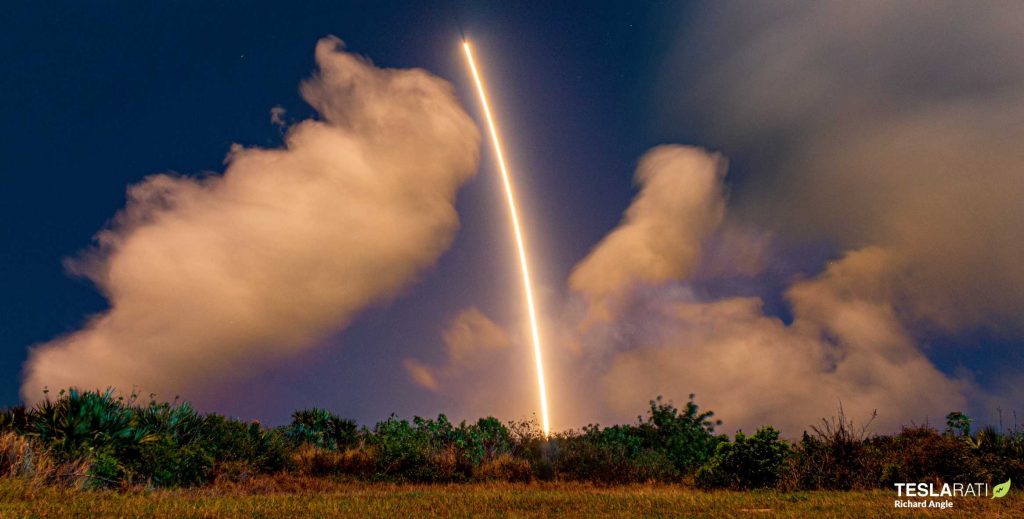
While Cargo Dragon 1 may be on its way to the ISS for the last time, SpaceX won a second ‘Phase 2’ CRS contract from NASA that will see the company begin cargo launches to the space station with its Dragon 2 spacecraft – a lightly modified Crew Dragon – as early as Q4 2020, give or take a month. Prior to that mission, known as CRS-21, Crew Dragon is expected to launch at least once and possibly twice, first carrying two NASA astronauts to the ISS on its Demo-2 test flight and SpaceX’s inaugural crewed launch. There’s also a limited chance that SpaceX will flawlessly complete Demo-2 and be able to prepare a second Crew Dragon for its first operational astronaut launch (deemed ‘Crew-1’) before the end of 2020.
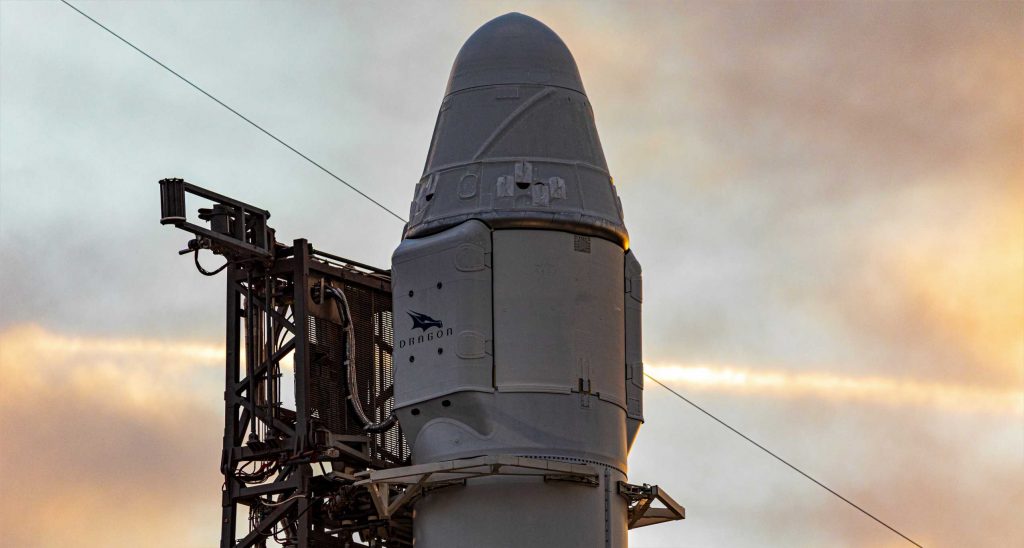
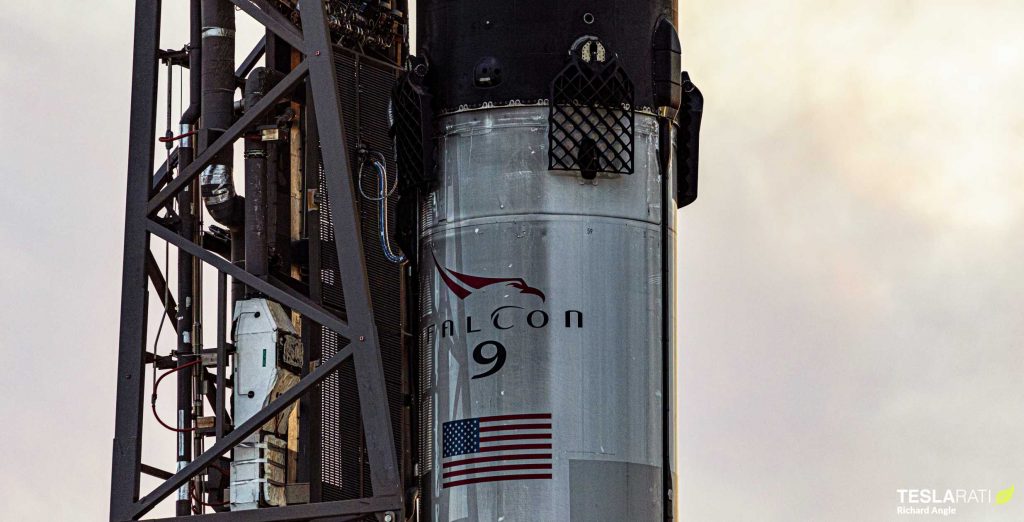
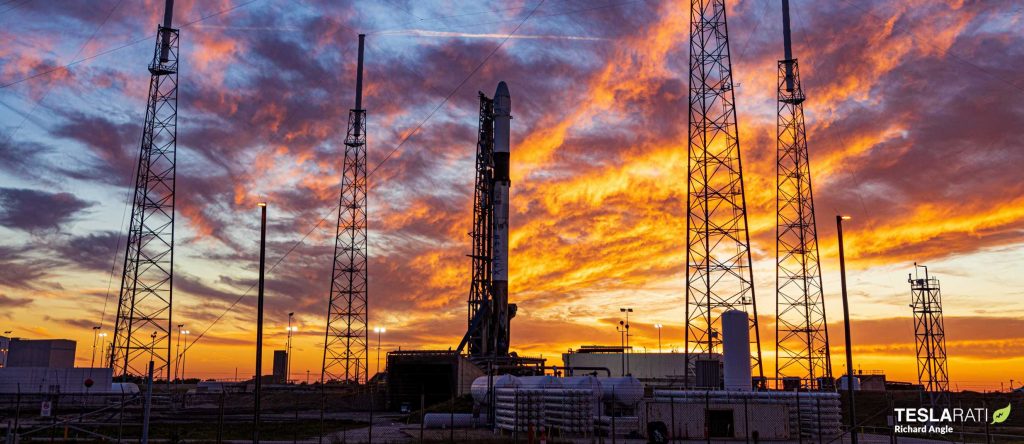
For now, SpaceX’s next Dragon launch will also be the company’s first astronaut launch ever. Crew Dragon’s Demo-2 mission is scheduled to lift off no earlier than late-April or May 2020.
Check out Teslarati’s newsletters for prompt updates, on-the-ground perspectives, and unique glimpses of SpaceX’s rocket launch and recovery processes.

(adsbygoogle = window.adsbygoogle || []).push({});
<!–
–>
var disqus_shortname = «teslarati»;
var disqus_title = «SpaceX just expanded the envelope of rocket recovery with 50th booster landing»;
var disqus_url = «https://www.teslarati.com/spacex-rocket-recovery-envelope-expanded-elon-musk/»;
var disqus_identifier = «teslarati-132501»;

